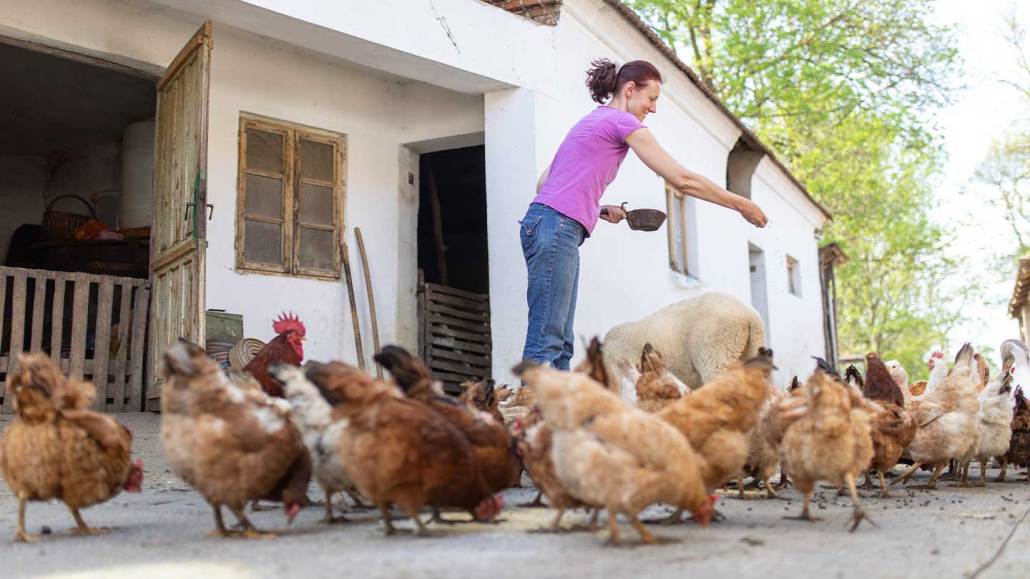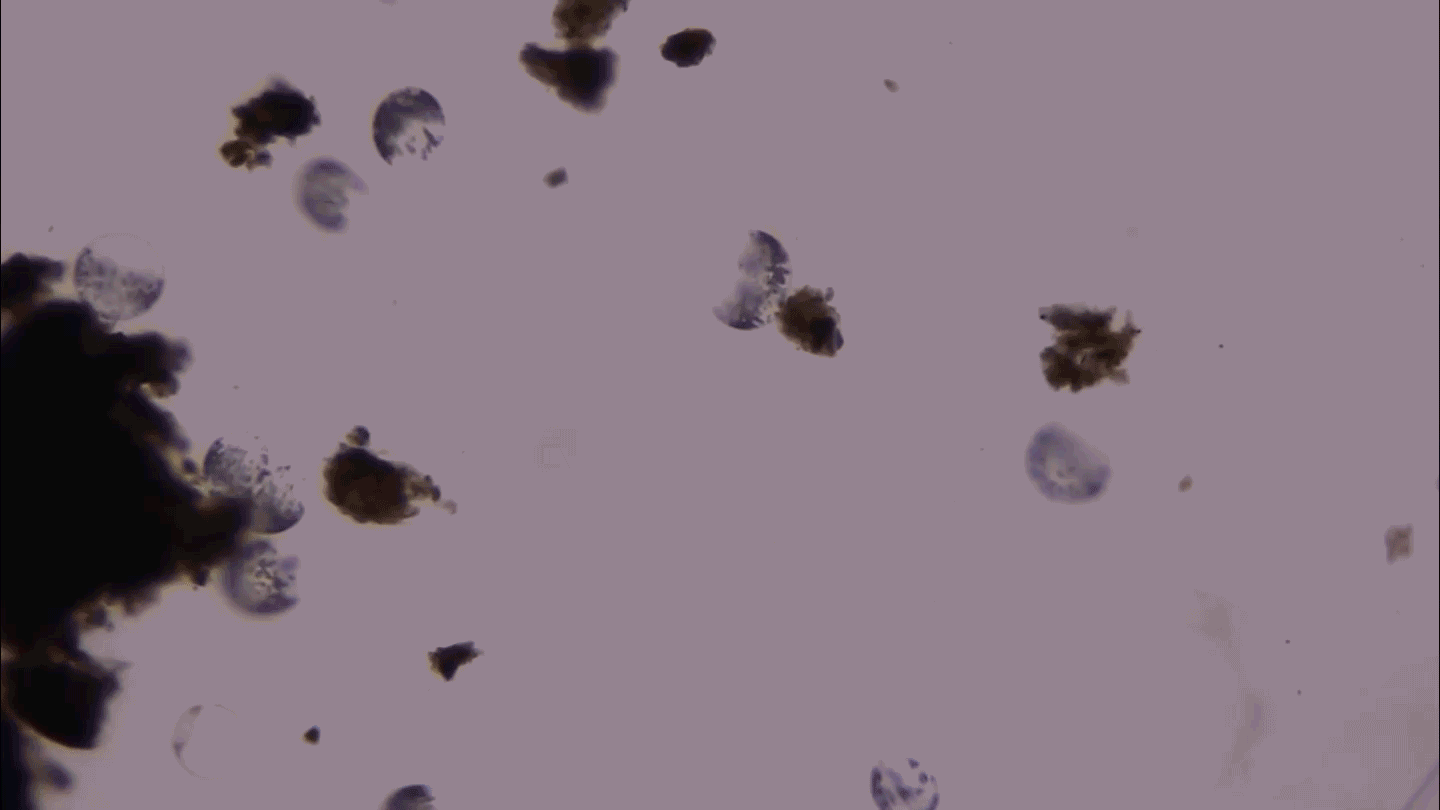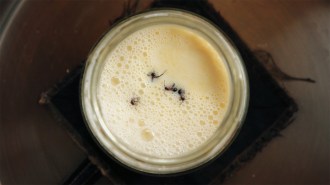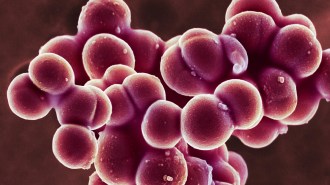
Avian influenza viruses, such as ones that infect chickens, can sometimes jump into animals like pigs or sheep or into people. A new study suggests how those viruses can infect other species’ cells.
miljko/Getty Images
Bird flu viruses may pack a little taste of home to help them adapt to life in new hosts.
Viruses usually infect only certain types of hosts. For instance, many viruses that infect humans don’t infect other animals. But influenza viruses often seem to jump from birds to other species. In 2009, the H1N1 “swine flu” made the leap from birds to pigs and then into people, setting off a pandemic (SN: 12/18/09). Even now, an outbreak of avian influenza is infecting and killing birds, sea mammals and some other animals around the world (SN: 1/25/24). No one knows whether that flu virus may eventually infect people and, if it does, whether it will have the ability to spread easily and cause a pandemic.
Despite plenty of instances of bird flu viruses infecting people, scientists weren’t sure exactly how the viruses overtake other species’ cells. A new study offers a clue about one of the first steps avian influenza viruses use to adapt to infect humans and other animals.
Avian influenza viruses tuck proteins that aid replication into their viral particles, researchers at the Chinese Academy of Agricultural Sciences in Harbin and colleagues have discovered. The reproductive aids, called ANP32 proteins, may help flu viruses make the jump from birds to mammals, the researchers report January 31 in Science Advances.
The finding may help researchers better understand and predict which flu viruses have the potential to cause a pandemic.
When viruses infect a host, they “don’t carry everything with them that they need, and they just hijack things that are already inside the cell” to help them replicate, says Wendy Barclay, a molecular virologist at Imperial College London. Researchers knew that the viruses come equipped with basic replication machinery called polymerases. But that may not be enough to really establish an infection.
The viruses need to hijack host proteins to help the invaders quickly make copies of themselves. That includes ANP32 proteins, which help bring together proteins that form the polymerase copy machines.
“Today’s flu virus needs this help in order to replicate itself fast enough inside any host cell so that it doesn’t get clobbered by our immune response and shut down,” says Barclay, who was not involved in the work.
The researchers examined avian influenza proteins inside mammalian cells under electron microscopes and found that some viral particles carried a little bit of bird ANP32 with them. The protein is probably attached to the viral polymerase and gets bundled into the viral particle along with the rest of the replication machinery, the researchers discovered. The stronger the attraction between the polymerase and ANP32 proteins, the more helper protein that gets incorporated into viruses.
It has been a mystery how avian influenza viruses, which have different ANP32 proteins than mammals do, could grab onto and use the ANP32 proteins in human and and other mammalian cells. Researchers thought that perhaps some flu viruses already had mutations that would allow viral polymerases to interact with mammalian ANP32 proteins.
But the new study suggests that by packing their own bird versions of the proteins, flu viruses don’t immediately need to grab host ANP32 proteins. Instead, the virus can use the avian ANP32 protein for one round of copies inside the human or other animal cell. “This initial foothold maybe allows the virus to just replicate enough to make a few mutations,” Barclay says.
Some of those mutations may then allow the bird version of the polymerase to interact with mammalian ANP32 proteins. Viruses that carried the bird version of ANP32 were more likely to acquire such adaptive mutations when grown in human cells or in mice, the researchers found. “This explains how avian viruses, which shouldn’t be able to replicate in human cells, are in fact able to replicate and evolve to interact with human ANP32,” says Jacob Yount, a viral immunologist at the Ohio State University College of Medicine in Columbus who was not involved in the research.
If the findings hold up to further investigation, scientists may be able predict which viruses are more likely to cause a pandemic by looking at the strength of interaction between the viral polymerase and ANP32, Barclay says. “There may be some [bird flu viruses] that are much better at pulling the ANP from the chicken or the duck into the human cell than others,” she says. “Those may be the ones which come in and get the foothold and get going with their evolution process more easily than ones [that] perhaps have a weaker interaction.”







